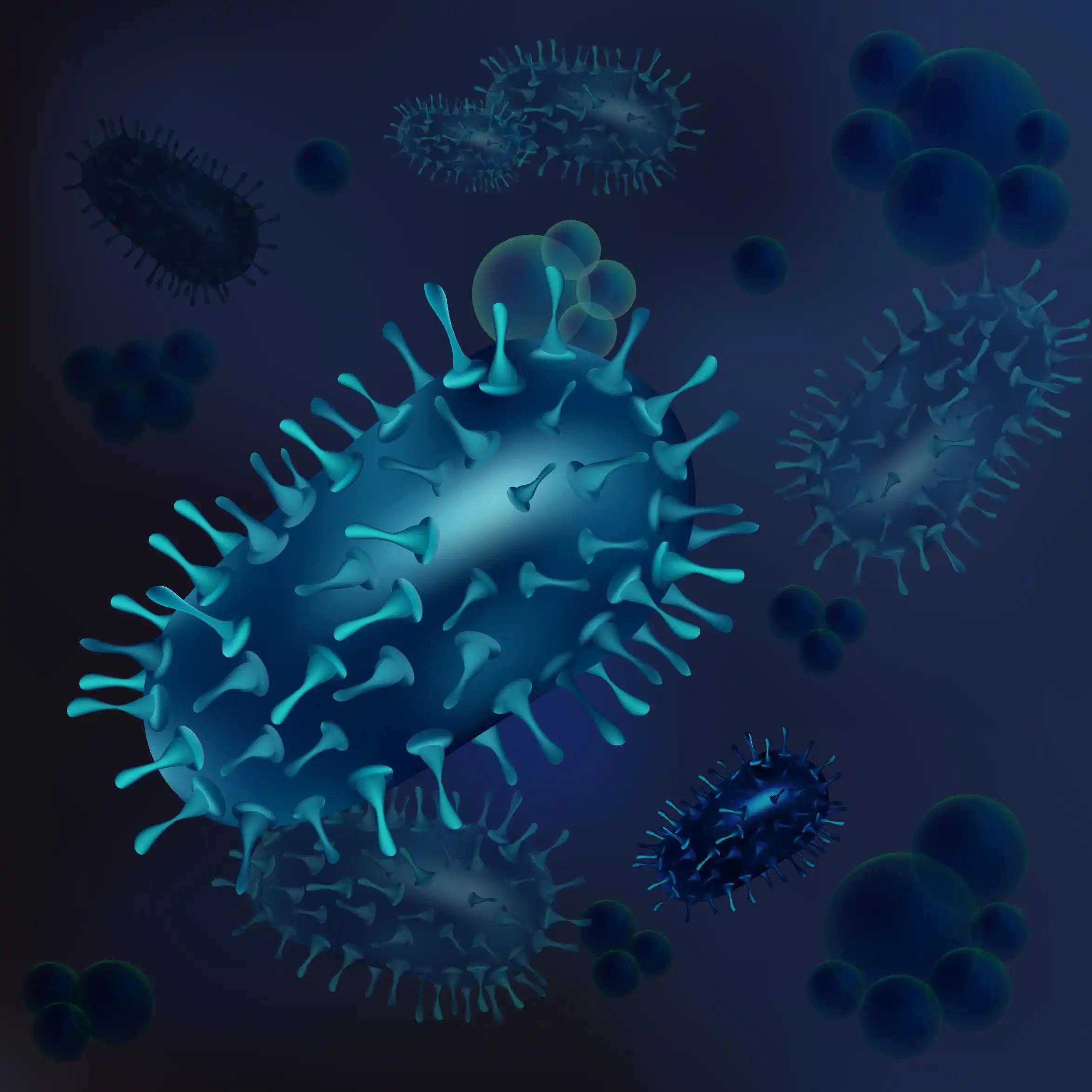KEY TAKEAWAYS
- The study aimed to investigate the development of a cascade-based Sar detection method for early PCa diagnosis, emphasizing efficiency, simplicity, and suitability for on-site testing.
- Researchers concluded the successful development of an intelligent smartphone sensor system for real-time Sar analysis, promising enhanced diagnostic capabilities for patients with PCa.
Early diagnosis of prostate cancer (PCa) is pivotal for successful treatment and patient survival. However, traditional enzyme cascade-based detection methods for early cancer diagnosis are encumbered by cost, complexity, and dependency on enzymes, hampering their stability and practicality. Sarcosine (Sar) has emerged as a promising biomarker for PCa development.
Peng Liu and the team aimed to develop a Sar detection method based on efficient cascade reactions that require minimal skill and are suitable for on-site testing.
The study introduces the synthesis of organic-inorganic self-assembled nanoflowers to optimize existing detection methods. The Sar oxidase (SOX)-inorganic hybrid nanoflowers (Cu3(PO4)2:Ce@SOX) possess inherent fluorescent properties and excellent peroxidase activity, coupled with efficient enzyme loading. A dual-mode multi-enzyme cascade nanoplatform combining fluorescence and colorimetric methods for detecting Sar has been developed. The encapsulation yield of Cu3(PO4)2:Ce@SOX reaches 84.5%, exhibiting a remarkable enhancement in catalytic activity by 1.26-1.29 fold compared to free SOX.
A dual-signal mechanism that encompasses ‘turn-off’ fluorescence signals ranging from 0.5 μM to 60 μM, with a detection limit of 0.226 μM, and ‘turn-on’ colorimetric signals ranging from 0.18 μM to 60 μM, with a detection limit of 0.120 μM. The M5 CART cells exhibited engraftment and expansion in the blood of all subjects, with prolonged persistence compared to SS1 CAR. Despite short-term stable disease in most patients, no RECIST-defined clinical responses were observed. However, CART trafficking into tumors was identified in many patients, indicating potential efficacy.
The study concluded that all routes of application were deemed safe and well tolerated. These findings suggest avenues for future clinical trials in CAR T cell therapy, particularly exploring combination approaches with oncoviruses, checkpoint inhibitors, or microenvironment modifiers to enhance trafficking, persistence, and clinical response.
Source: https://pubmed.ncbi.nlm.nih.gov/38692787/
Liu P, Sun Q, Gai Z, et al. (2024). “Dual-mode fluorescence and colorimetric smartphone-based sensing platform with oxidation-induced self-assembled nanoflowers for sarcosine detection.” Anal Chim Acta. 2024 Jun 1;1306:342586. doi: 10.1016/j.aca.2024.342586. Epub 2024 Apr 8. PMID: 38692787.



